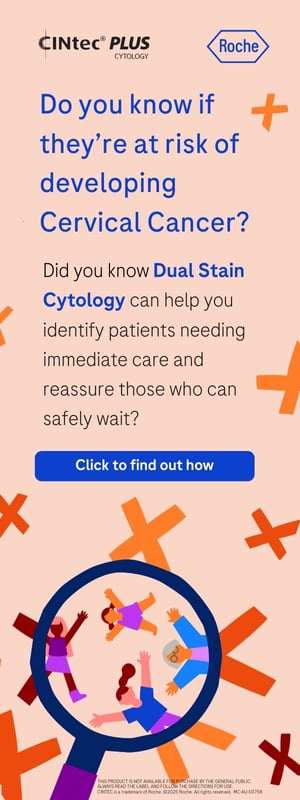At last, a timely reminder in the ‘Hands off the breech’ article by Dr Polly Weston (O&G Magazine Vol. 19 No. 2 Winter 2017 p33–5) about the inevitable occurrence of vaginal breech deliveries.
Managing the ‘unexpected singleton breech delivery’ is, as she points out, an ever-present possibility. Inevitably, it will confront every delivery suite practitioner if he or she continues long enough in the craft. The ability to complete a vaginal breech birth safely must be part of the skill set for everyone in that situation.
Polly most likely had the good fortune to be exposed to obstetrics in the UK’s National Health Service during her MRCOG training; an exposure that would have given her more practice in breech delivery than the average trainee in Australia. She has proposed a sensible and practical approach to management, with an instructively illustrated description of the traditional method of accomplishing delivery with the woman in the prone position. Lovset, Mauriceau-Smellie-Veit and Burns-Marshall manoeuvres are carefully explained, and they will all be taught to trainees as a fundamental part of their obstetric experience.
What of midwifery training? PROMPT courses include midwives, but there will always be those who have never had breech delivery training, or even have seen a vaginal breech birth. It is unreasonable to expect every midwife to know what to do. So, how will the untutored midwife cope if they are confronted with a rapidly progressing breech delivery while the obstetrician is still on the road?
Early one morning in 1990 I was called in by my Base Hospital midwives to attend a fully dilated patient. The breech presentation had just been discovered. When I arrived, I found the patient kneeling on the delivery suite bed, draped over a bean bag, buttocks in the air and gasping on the nitrous. I told her that she would need to turn over on to her back. Her refusal was unprintable. We had no choice, but to leave her as she was and await events.
With the end of the bed removed, I sat on a stool with her distending introitus at eye level. Keeping in mind the instruction of my teachers to keep my hands off the breech, reiterated so forcefully by Polly Weston, I watched with fascination as the baby, fully flexed, slid unaided into my waiting hands. I felt just like Adam Gilchrist taking a catch behind the stumps! The Apgars were 8 and 9. The happy mother smiled a wry ‘Told you so!’ at me.
Over the decade of the ‘90s my colleague, John Currie, and I performed more than 40 such prone breech deliveries. There was one unrelated intrapartum fetal death. The Apgars were consistently better than our previous supine breech delivery babies. The series abruptly ceased with the publication of the Term Breech Trial; but what persisted was the experience gained by our midwives who were able to watch the technique over that decade. Since then several of those midwives have been confronted with the need to deliver breeches. Their observational experience stood them in very good stead.
I believe that this technique is safe for breech delivery, especially in situations of rapid progress where more experienced help has not yet arrived. Indeed, it might be considered as the first-line method, especially as it follows the longstanding ‘hands-off’ dictum, almost to the last moment. Occasionally we had to flip out a leg or an arm. Almost always, the fully flexed undisturbed fetus emerged spontaneously, pink and vigorous.






Leave a Reply